The cadres have their original gilded bronze. The one with the blue background was painted on an plaque, the one with the burgundy red background was painted on enamel. The cadres were finely and luxuriously decorated with frivolous Louis XVI bronze decorations, typical for their style and time.
Even though we present these items here together, they are content-wise seemingly unrelated. First, let’s have a look at the single figure painting on the blue background.
This miniature painting, as stated, was hand-painted onto an background. It has a light blue mysterious background, onto which an undressing lady sat staring into the distance was portrayed. She has a fair skin tone and long red wavy hair. On her lap some sort of luxurious blue fabric was draped.
This small painting was clearly directly influenced by the British Pre-Raphaelite movement from the early 19th century, that had a re-birth elsewhere in Western-Europe in the second half of the 19th century, roughly around when this miniature was painted. The art movement was initially a criticism of Raphael’s promotion to the British Royal Academy, revolting against the alleged triviality of genre painting that was very popular at the time. In this pre-Raphaelite movement, artists made clear efforts to ‘go back to nature’, and they usually depict serious subjects painted with maximum realism. Themes that oftentimes come back in this art period were those of love and death—either one of which likely indicates why the figurine was painted longingly staring into the distance. The major feature of pre-Raphaelite painting is that it almost always depicts fair-skin toned ladies with long red hair.
This painting being a particularly strong representative of its genre, the skill of the painter can really be read from the way in which they understood light and shadow, the particular delicacy with which the folded hands of the figurine were painted, and even in how single strands of hair can be observed in a painting of this size. The quality is truly exceptional.
The second painting, the one with the two figurines painted onto a burgundy red background, is of a truly exceptional quality too. It is more of the classical academy type of work, showing a very strong understanding of the workings of light and shadow. The composition is more complex, it features two figurines, two young women, adorned in what seem to be luxurious garments. They were painted on a burgundy red background, which was painted on enamel. The dark background is rather gloomy and dark-looking, signifying something is happening in this scene. The one figure sitting down is pointing somewhere towards the light source, and the older lady looks into the pointed at direction quickly. The movement, liveliness and sense of urgency captured in this miniature work is truly breath-taking, it never gets boring to look at. The see-through fabric that was used really also portrays the skill of the painter. The beautiful deep colours of the fabric, paired with the perfectly believable realist composition makes this a very interesting work of true artistry. It was signed by (Siprés) E. Bisson. Edouard Bisson was a well-known French pre-Raphaelite painter, born in Paris in 1856 (and passed away in Paris in 1939). He is best known for his romanticized paintings of women in atmospheric landscapes and he worked together with the famous Orientalist painter Jean-Leon Gérôme. This fact, together with that the cadres of the two miniature paintings with bronze feet are identical, has helped us reach the conclusion that the two paintings were most likely both painted by Edouard Bisson (E. Bisson), even though only the one with the two figures was officially signed by him. These two items were also purchased together and make for a truly beautiful, eye-catching and luxurious decoration in any place.
The measurements of these beautiful paintings are 20 cm high x 15 cm wide. This is roughly equal to 7.9 inch high x 6 inch wide.
We will ship these two beauties worldwide



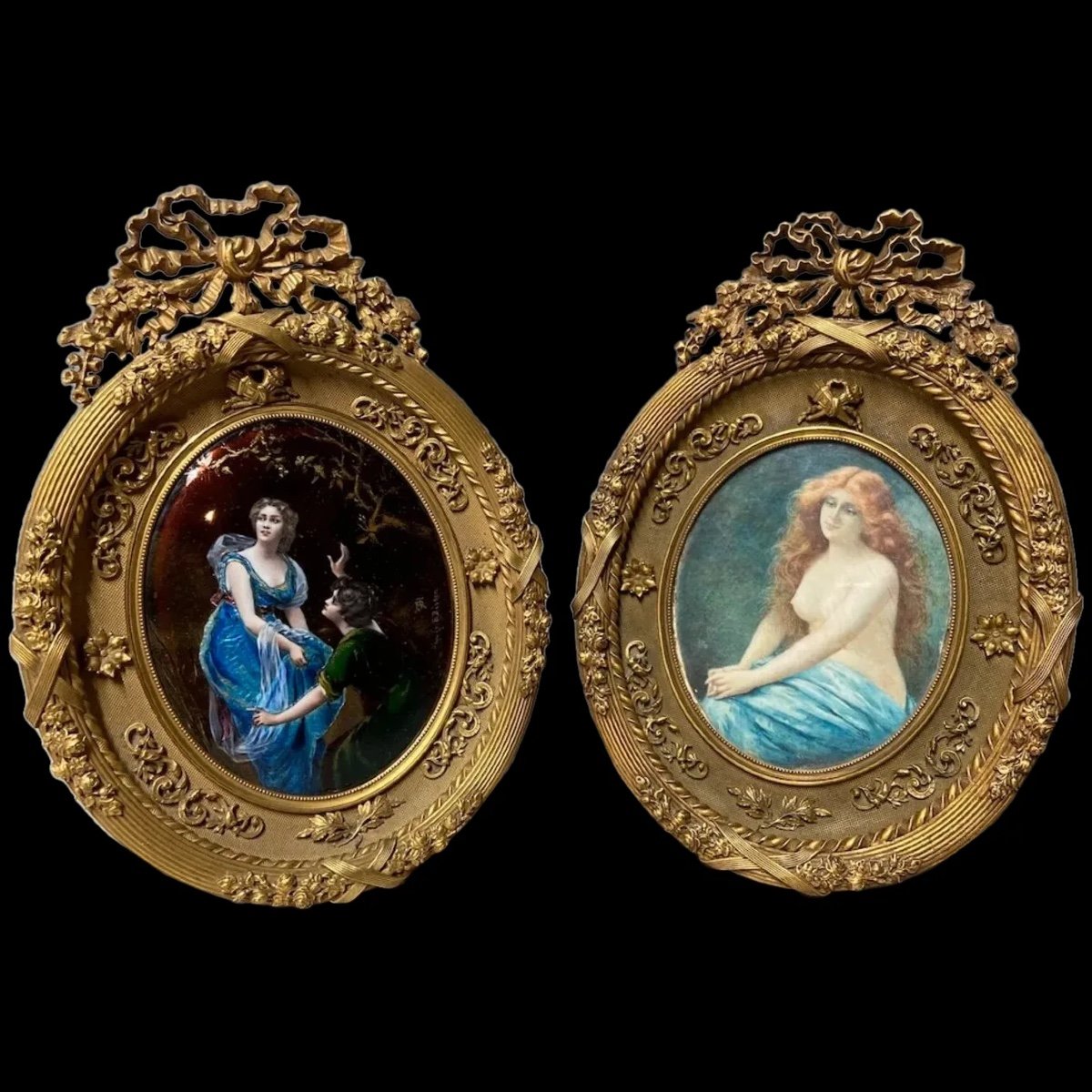




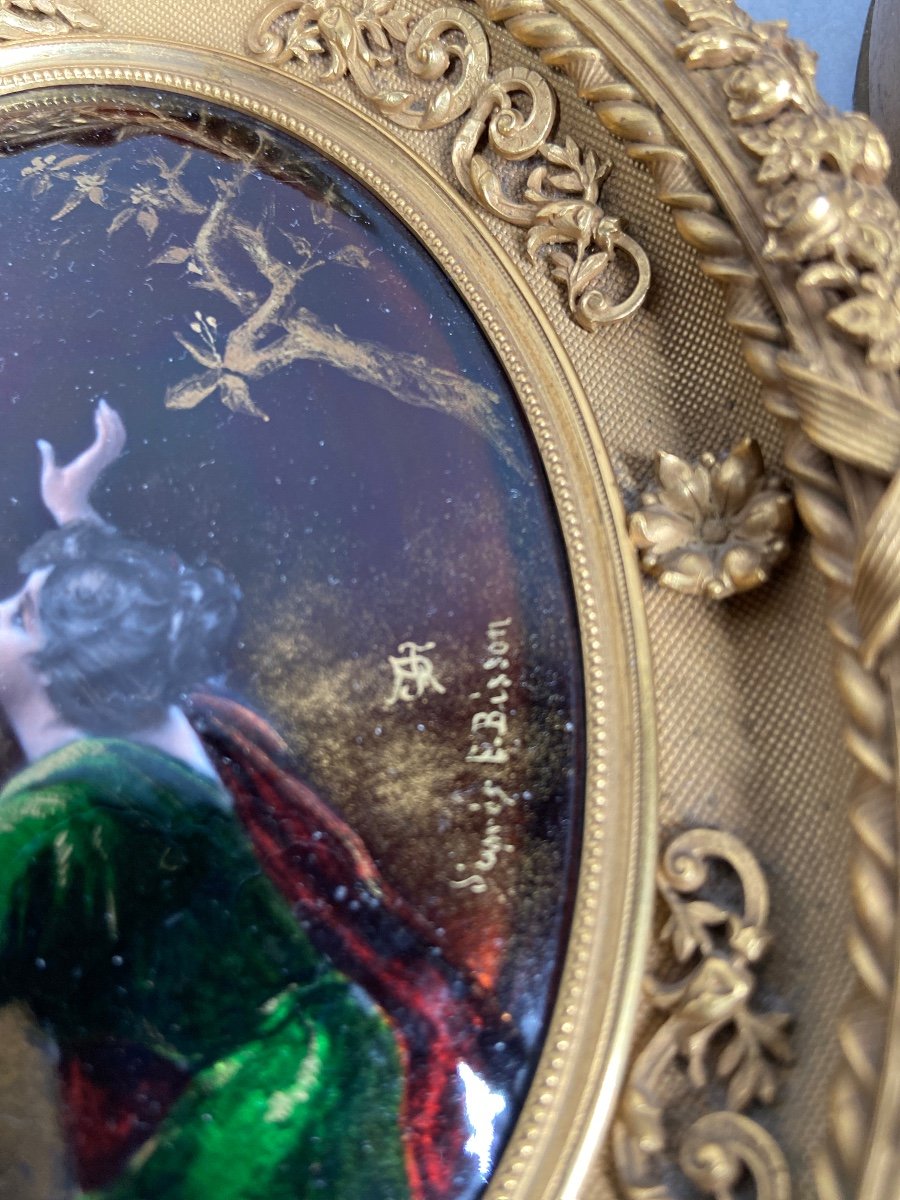







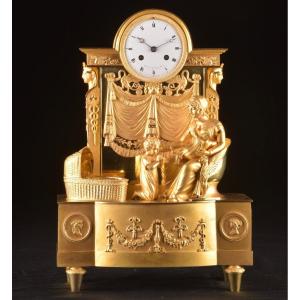

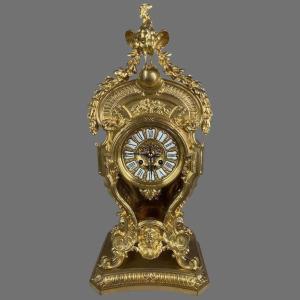

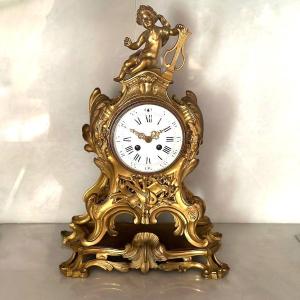
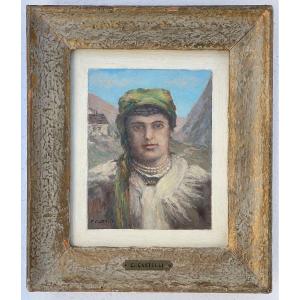
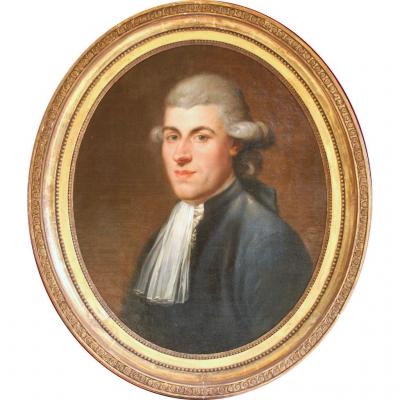
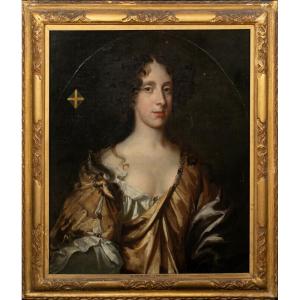

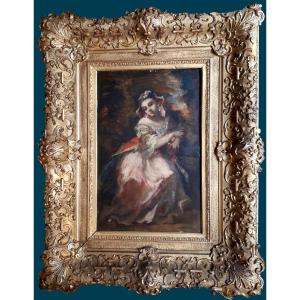




 Le Magazine de PROANTIC
Le Magazine de PROANTIC TRÉSORS Magazine
TRÉSORS Magazine Rivista Artiquariato
Rivista Artiquariato
